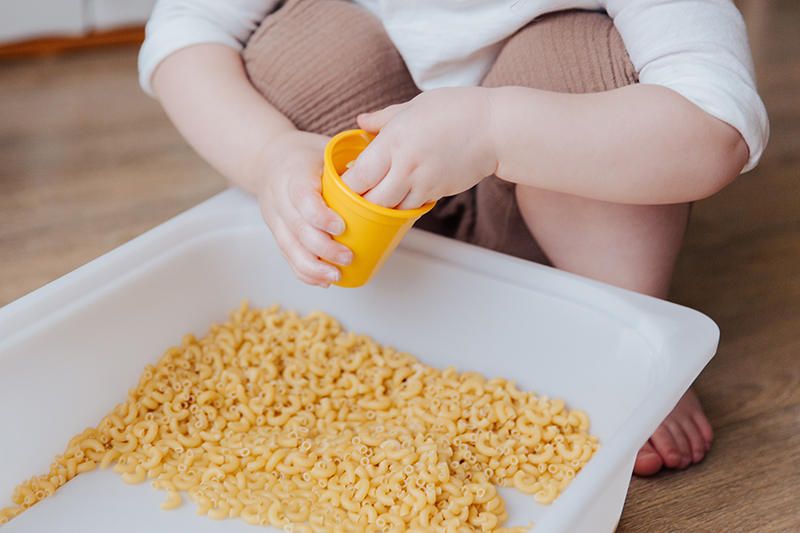"Children learn as they play but more importantly, they learn how to learn." - O Fred Donaldson
Play optimizes child development and is the basis for the overall cognitive, physical, social, and emotional well-being of children (Pediatrics January 2007, 119 (1) 182-191). Child-led play and unscheduled free time are essential for healthy brain development at many different levels: cellular, molecular, chemical, organizational, functional, learning, and academic. (Pediatrics September 2018, 142 (3) e20182058).
According to the experts at Michigan State University’s Extension Program, "Children benefit the most when vision, smell, touch, taste, and hearing are combined into their play. Using multiple senses simultaneously in play provides the foundation for all other knowledge, learning, and understanding." (Butcher, K. & Pletcher, J. (December 15, 2016). Cognitive Development and Sensory Play. Michigan State University Extension).
Engaging multiple senses helps increase brain functioning, sensory-motor skill development, language skills, executive functioning, learning, and retention. The importance of play is so well-recognized that the American Academy of Pediatrics suggested pediatricians prescribe play for their child patients during well-child visits! (Anderson, J. (August 21, 2018). Quartz, Kids Are So Overscheduled That Doctors Are Being Told To Prescribe Play.).
Sensory bins provide a simple and fun way to promote child-led, sensory-rich free-play! All you need is a container, a theme (if desired), a filler base, some fun manipulatives and finger tools, and a little creativity. Here are some simple steps and things to consider to help you get started:
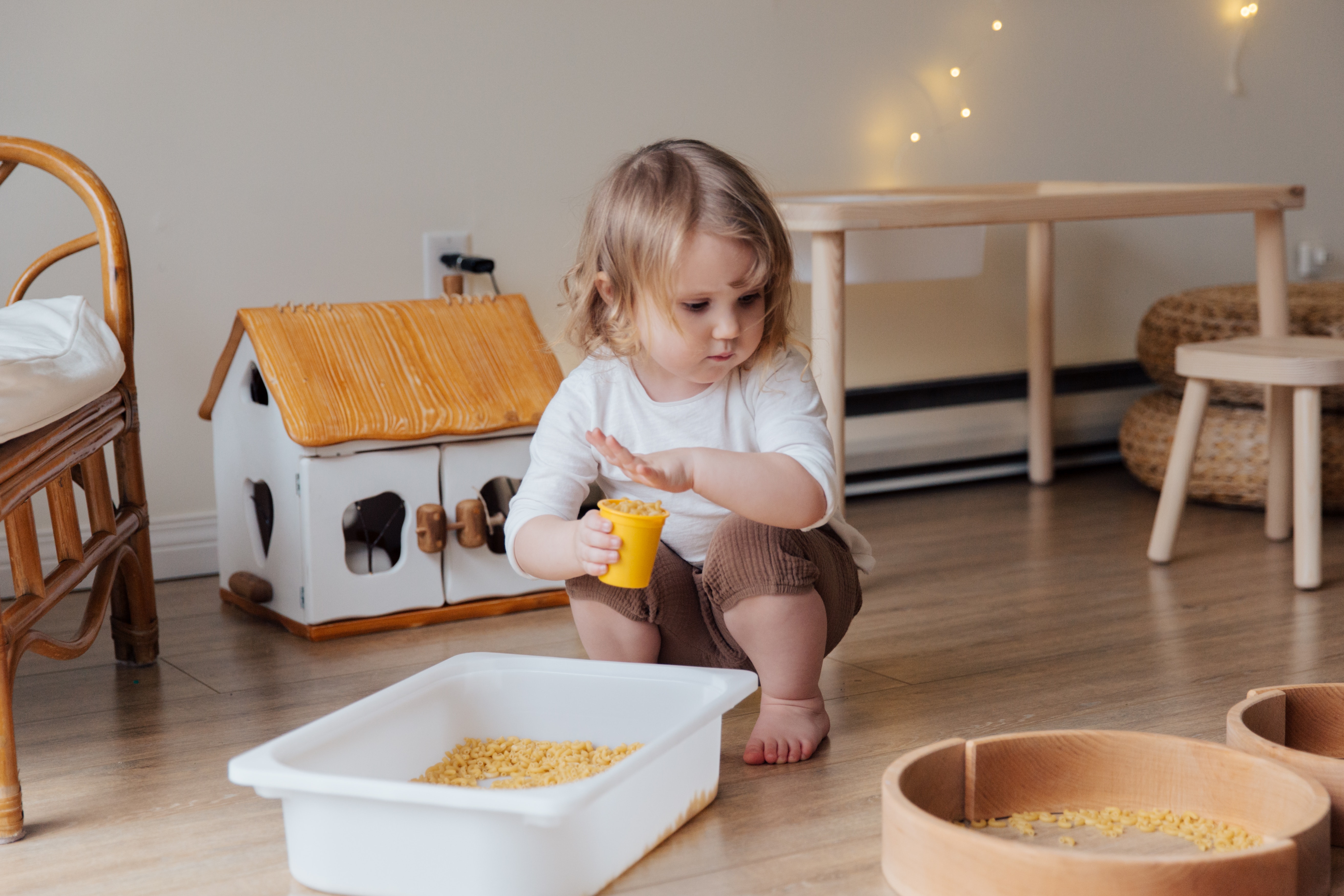
1. Select a Container
Shoe boxes, plastic dishpans, disposable baking trays, rectangular cake pans, and/or large Tupperware containers can all be good choices. Think about whether the bin will be for outside or indoor play, and whether it will be for one-time or long-term use before you choose. A container with a lid can make toting, clean-up, and storing your sensory bin easier; washable containers are a plus. Steer clear of containers that are breakable or have any sharp edges.
2. Choose a Theme
- Under The Sea
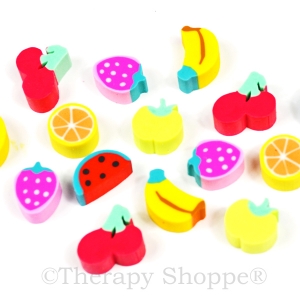
- Construction
- Beach
- Farm Animals
- Magnetic Fun
- Tea Party
- Holiday Theme
- Bugs
- Vehicles
- Treasure Hunt
3. Provide The Base
- Colored Rice or Pasta
- Beans (coffee beans, kidney beans, etc.)
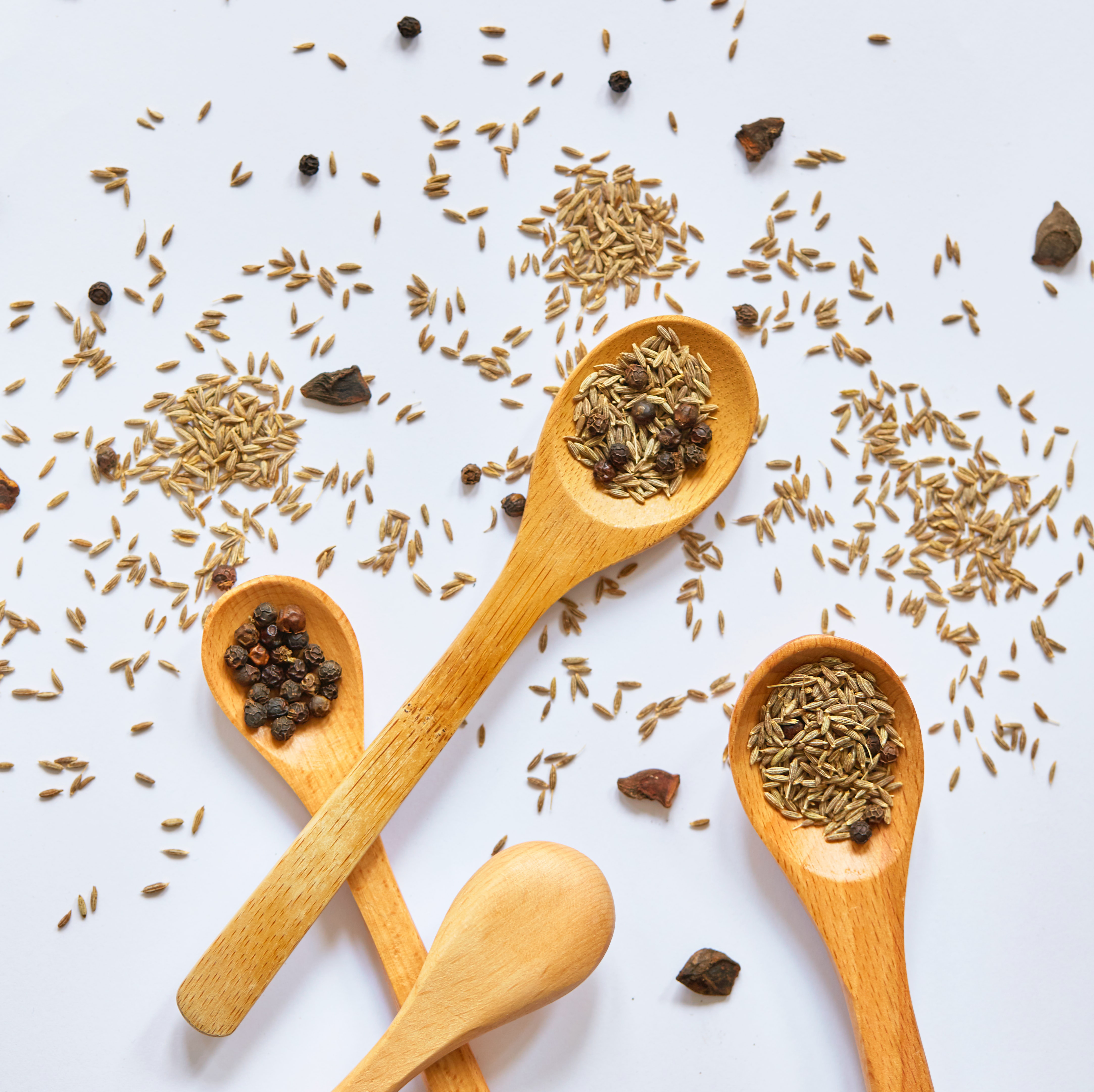
- Corn
- Sand
- Colored Salt
- Bird Seed
- Beads
- Buttons
- Shredded Paper
- Pom Poms
- Porcupine Balls
- Water or Shaving Cream
4. Add Manipulatives
- Plastic Figurines or Animals
- Ribbons
- Foam letters/Shapes
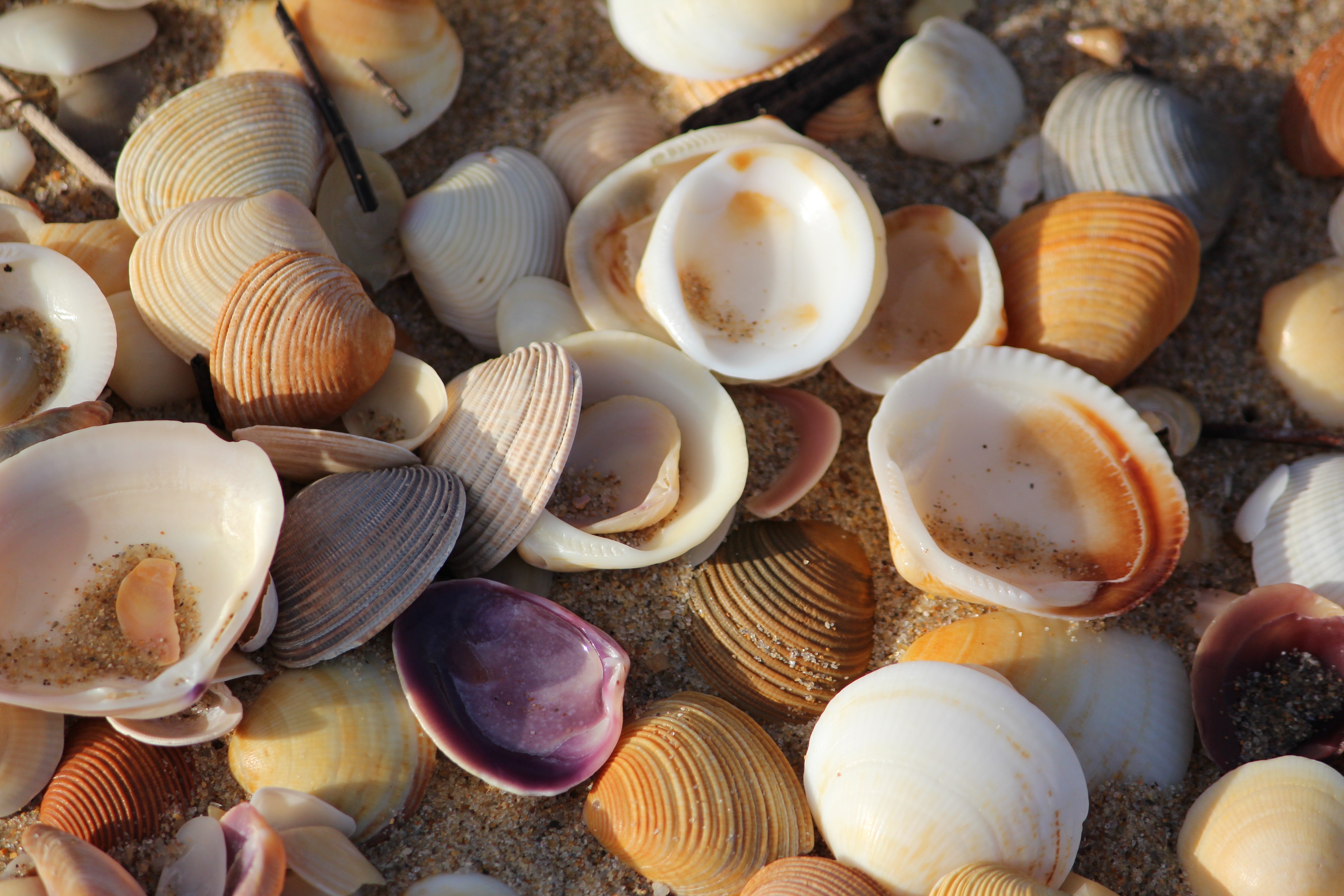
- Stones
- Pom Poms
- Porcupine Balls
- Shells
- Pinecones
- Artificial Flower Petals
- Toy Cars
- Small Dolls
- Water Gel Balls
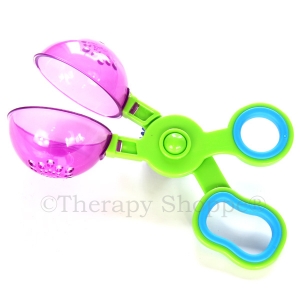 5. Include Some Skill-Building Finger Tools
5. Include Some Skill-Building Finger Tools
Here are some favorite kid-friendly choices:
- Scoops/Shovels
- Magnifying Glasses
- Spoons
- Bubble Tongs™
- Plastic Cups and Bowls
- Squeezy Finger Droppers™
- Funnels and Sifters
- Shovel Tongs™
- 2-in-1 Tiny Treasure Tongs™
Check out our sensory bin supplies category here!
Play is a wonderful brain-builder!
Be sure to build in lots of time for non-structured free-play this summer! Don't hesitate to get down on your child's level and join in their play, but remember to let them be the one to lead the play. Playing with your child and giving them your full attention makes play even more valuable, promotes attachment, and can help you rejuvenate, too. ENJOY and have a fun summer!
*Sensory bin play is recommended for children ages 3+. Close adult supervision and caution is required with small parts that could potentially be a choking hazard.
________________________
Please join us again for more helpful tips, tools, summer activity ideas, and fun resources for your family. Feel free to reach out to us anytime if we can ever be of assistance – we're always just an email or a phone call away.
– The Therapy Shoppe OTs ❤️
More articles you might enjoy:
5 Fun Sensory Crafts To Try This Week
More Neat DIY Craft Ideas & Sensory Recipes To Try At Home
Fun Ideas for Tong Play and Favorite Fine Motor Skill Tools
Supporting Siblings of Children with Sensory Needs
Creating a Sensory Haven: Must-Haves for an Effective Sensory Room
©2020 Therapy Shoppe® Incorporated. All rights reserved.

